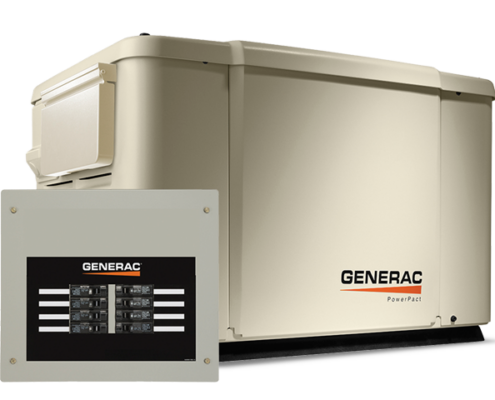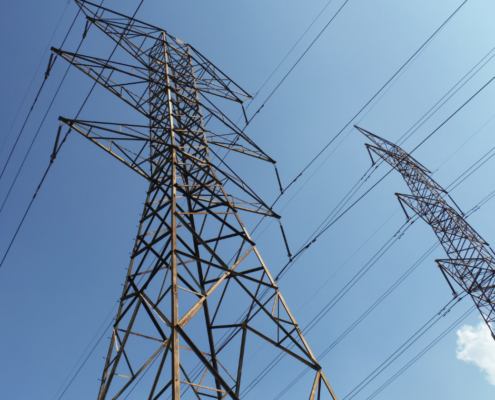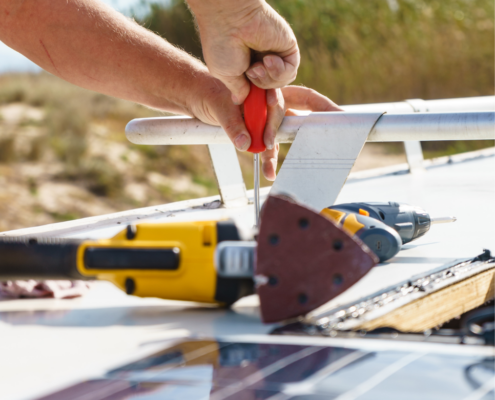Last Updated on May 22, 2022 by Mary Pressler
 What is Clean Energy?
What is Clean Energy?
Clean energy reduces the environmental footprint of your home or business, while having the potential to reduce your energy expenses. For example, solar power can achieve a payback period below four years under favorable conditions, while having a service life of over 25 years.
Clean energy refers to energy sources that meet two conditions:
- Renewable, which means they are constantly being replenished, and their availability is not affected by consumption rates.
- Zero-emissions, which means that energy generation does not produce greenhouse gases and other air pollutants.
Energy efficiency is considered a clean energy source by some organizations, since it has the same impact as using a renewable source with zero emissions. For example, if a group of buildings saves 500,000 kWh per month, that energy becomes available for other users without additional emissions.
What are some sources of clean energy?
- Wind energy
- Solar energy
- Hydroelectricity
- Geothermal energy
- Biomass energy
- Tidal energy
- Wave energy
Note: Some organizations also list nuclear energy as a clean source, but the topic is widely debated. Wind energy has a total carbon footprint of 4 g CO2 equivalent per kWh, making it one of the cleanest electricity sources. Also, wind turbines use a renewable resource that is not depleted with usage – natural wind currents.
Is clean energy and renewable energy the same?
These two concepts are often used together, but they have a different meaning.
Renewable energy sources are those that can be used without affecting future availability, thanks to their abundance and quick replenishment.
Clean energy sources are those that are renewable, while having a reduced environmental impact. For example, some forms of biomass energy produce high emissions, which means they are renewable but not clean.
Why are fossil fuels not considered a clean energy source?
Fossil fuels are nonrenewable: They require millions of years to form, which means they cannot keep up with consumption.
Fossil fuels have a high carbon footprint: To generate one kilowatt-hour, a coal-fired power plant will typically produce over 1,000 g of CO2, and a gas-fired power plant will produce over 400 g of CO2.
What is the cheapest and cleanest energy source?
Solar and wind power are now the cheapest electricity sources in many parts of the world. According to an April 2020 report from Bloomberg New Energy Finance, the levelized cost of electricity is $44/MWh (4.4 cents/kWh) for wind power and $50/MWh (5 cents/kWh) for solar power.
The cheapest wind and solar projects have reached costs below $30/MWh (3 cents/kWh).
As mentioned above, the lifetime emissions of wind power have been estimated at 4g of CO2 equivalent per kilowatt-hour. Solar power also has a low impact, with 6g CO2eq / kWh. These figures consider raw materials extraction, manufacturing, and project construction (direct emissions from power generation are zero in both cases).
Some existing coal power plants have electricity prices comparable with those of solar and wind power. However, many are approaching the end of their service life, and the generation cost of new coal power plants is roughly twice as high.
Is there such a thing as clean coal energy?
No, but carbon capture and storage (CCS) technology can mitigate its emissions. However, even if 90% effectiveness is assumed for CCS, coal power has a much higher environmental footprint than renewables.
Currently, there are many coal power plants producing over 1,000 g of emissions per kilowatt-hour. The study published in Nature Energy assumes that CCS could reduce this to around 109 g CO2 eq per kWh by 2050. However, this is still much higher that the total lifetime emissions for wind power (4 g CO2 eq / kWh) and solar power (6 g CO2 eq / kWh).
What is the cleanest form of renewable energy?
Even clean energy sources have an environmental footprint that must be considered. Generation equipment must be manufactured, and this means that raw materials are extracted and processed. Components must then be transported to project sites and installed, and this has an environmental impact as well. However, clean energy sources do not produce additional emissions when generating energy, and most of their environmental footprint occurs upfront.
A study published in Nature Energy analyzes total lifetime emissions of several energy sources, including the upfront emissions: raw materials extraction, manufacturing, transportation and installation. Wind power is the cleanest form of renewable energy, based on total emissions per kilowatt-hour delivered. Nuclear power has the same carbon footprint, but its classification as a renewable energy source is a topic of debate.
| Energy Source | Emissions (g CO2 eq / kWh) |
| Wind | 4 g CO2 eq / kWh |
| Solar photovoltaic | 6 g CO2 eq / kWh |
| Nuclear | 4 g CO2 eq / kWh |
| Coal with carbon capture & storage (CCS) | 109 g CO2 eq / kWh |
| Natural gas with CCS | 78 g CO2 eq / kWh |
| Hydroelectricity | 97 g CO2 eq / kWh |
| Bioenergy | 98 g CO2 eq / kWh |
*The study assumes that CCS technology can capture 90% of emissions from coal and gas power plants by 2050. Currently, these energy sources have a much higher carbon footprint.
Is clean energy cheaper than fossil fuels?
This depends on the specific electricity source and project conditions. However, solar and wind power can now compete with the kilowatt-hour cost of coal, which has long been considered the cheapest electricity source.
Why affordable and clean energy is important
An effective way to incentive clean energy is by making it affordable. Solar panels and wind turbines have existed for decades, but their costs had to decrease significantly to make them viable. Homes and businesses are unlikely to adopt a clean technology that brings high costs. However, clean energy sources now offer both monetary savings and emission reductions.
What is the affordable clean energy rule?
The Affordable Clean Energy rule (ACE) was published by the US EPA on June 19, 2019, as a replacement for the Clean Power Plan. The ACE gives states more autonomy when choosing their energy mix, while introducing emission reduction guidelines for coal power.
According to US EPA projections, the Affordable Clean Energy rule will yield economic benefits of $120 to $730 million per year. By 2030, the ACE is expected to achieve a 35% emissions reduction with respect to 2005.
How can clean energy reduce global warming?
The scientific community prefers the term “climate change”, since global warming is only one manifestation of. Clean energy can help mitigate climate change by reducing the emissions of greenhouse gases (GHG) – gases that trap heat in the atmosphere.
According to the US Environmental Protection Agency, the main GHG are carbon dioxide, methane, nitrous oxide, and fluorinated gases. The following table lists their main sources:
| Greenhouse Gas | Sources |
| Carbon dioxide (CO2) | -Fossil fuel combustion
-Solid waste -Living organisms -Many chemical reactions with industrial applications |
| Methane (CH4) | -Production of coal, oil and natural gas
-Agriculture, especially livestock -Organic waste decay |
| Nitrous oxide (N2O) | -Agriculture
-Industrial activity -Fossil fuel combustion -Solid waste combustion -Wastewater treatment |
| Fluorinated gases | -Several industrial applications
-Specific types include hydrofluorocarbons (HFC), perfluorocarbons (PFC), sulfur hexafluoride (SF6), and nitrogen trifluoride (NF3). |
Clean energy sources lower CO2 and N2O emissions by reducing fossil fuel combustion, and they also reduce the CH4 emissions from the fossil fuel supply chain.
How does clean energy help the environment?
Clean energy sources reduce the carbon emissions from power generation, including greenhouse gases (GHG). Therefore, clean energy can mitigate the impact of climate change.
How can clean energy help the economy (Texas)?
Texas is the state with the highest energy consumption, accounting for 14% of the total US consumption. This creates a significant opportunity to reduce emissions with clean energy sources, while saving on electricity costs.
The wind power industry has been particularly successful in Texas, and the state is home to 25% of the US wind generation capacity.
In Texas you can choose to buy from a clean energy source?
Yes, when choosing an electricity plan, you can check the renewable energy content in the Electricity Facts Label (EFL). For example, Iberdrola Texas offers 100% wind energy plans.









